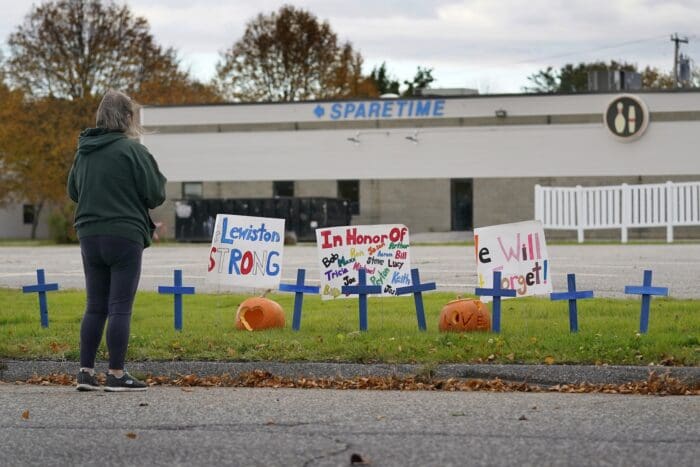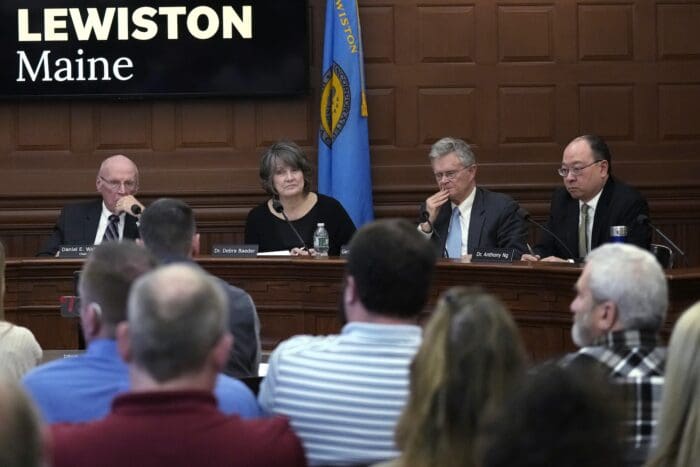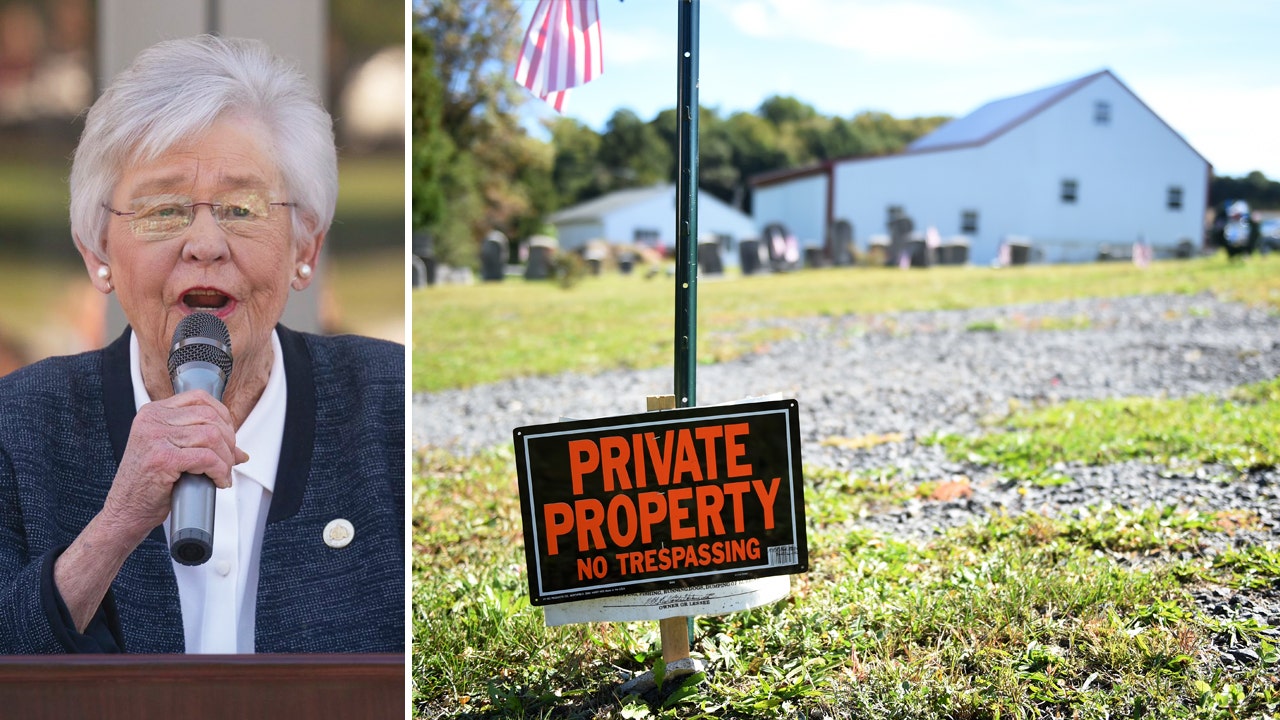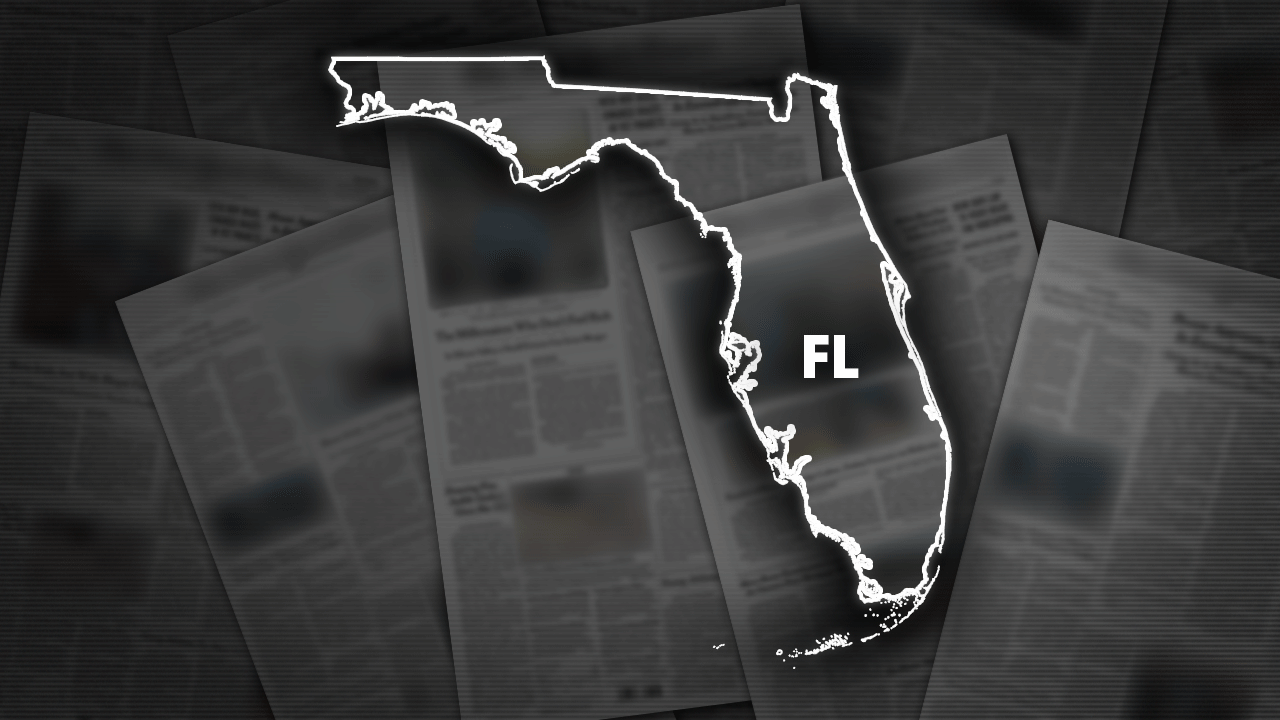
Connecticut, the first state in the country to pass a red flag law, provides just one example of the law’s shortcomings in combatting gun violence.
After voluntarily committing himself to a psychiatric ward at Midstate Medical Center in Meriden, Connecticut, Michael Mollow alarmed authorities when he disclosed “homicidal ideations” toward his girlfriend, Caroline Anne Ashworth, and his possession of firearms at home. Despite these alarming revelations and Mollow’s recent threats of violence toward Ashworth, he was released from a secure psychiatric facility in nearby Westport less than 33 hours after his transfer there on August 24, 2022. Tragically, within a day of his release, Mollow tracked down and fatally shot Ashworth using a GPS device he had installed on her truck. He then turned the gun on himself.
The actions of both the Branford Police and St. Vincent’s Medical Center, which had jurisdiction over Mollow’s psychiatric care, remain under scrutiny in a lawsuit filed by Ashworth’s family. The suit claims that both entities failed to protect Ashworth despite clear warning signs, the Connecticut Mirror reports.
This case underscores broader concerns about the inconsistent application of Connecticut’s “red flag” law, officially known as a risk protection order (RPO), which aims to remove firearms from individuals deemed a threat to themselves or others. Despite being in place since October 1999, the use of RPOs varies significantly among police departments across the state. In fact, the Connecticut case serves as a reflection of red flag laws across the country. They vary widely from state to state, many often missing the mark at providing any real solution in stopping senseless tragedies and serving more to hinder individual rights and punish people who may be falsely accused.

Recent data, including an analysis by the Connecticut Mirror and journalism students from the University of Connecticut, reveal a sharp increase in the issuance of RPOs, from a few hundred annually to over 2,200 last year. This rise follows legislative amendments expanding the scope under which police can request an RPO. Notably, while larger cities like Bridgeport issued no RPOs last year, smaller departments and specialized units, such as the University of Connecticut police, showed higher activity levels.
“The law’s essence was always to give police a last resort to prevent potential tragedies, but recent changes and their liberal application might pose constitutional challenges down the line,” former state Rep. Michael Lawlor, an architect of the original law told the Mirror. He expressed concern over the procedural easing potentially inviting legal disputes over gun rights.
These developments are pivotal as Connecticut and other states grapple with how best to balance individual rights against public safety needs, particularly in cases involving mental health crises and domestic violence. The state’s struggle with these issues reflects broader national debates on gun control and mental health awareness, emphasizing the need for precise and thoughtful law enforcement interventions, while at the same time providing protections from misuse of the laws to disarm individuals who pose no threat and could be falsely accused or misdiagnosed.
To be clear, pro-gun advocates and anti-gun advocates alike agree it is a bad idea for a person who poses a danger to society, particularly due to mental instability, to be in possession of firearms. All too frequently, each side of the debate attempts to paint the other side as absolutionists—those in favor of gun rights as not caring about the deaths of innocent lives and those who want more gun laws as simply wanting to control others with whom they don’t share similar lifestyles and views.
The question then becomes, how do we create laws that achieve a true solution in making our communities safer and not merely leave more people vulnerable to violence or leave them exposed to arbitrary and unproven accusations that strip them of their rights without due process, a foundation of American jurisprudence. This is the sticking point at which both sides of the issue divide.
Add to this mix the fact that there are already a number of laws in place to deal with matters of violence to little effect—murder and assault have always been illegal—and the reality is exposed: There is little need for more laws that will also be ignored or not enforced by law enforcement, the courts and legislators or at their core, are simply ineffective. Yet, a lot of people in society remain genuinely afraid, and worse, have no idea what to do, so they want to wish the problem away by simply creating more laws. The battle over more gun restrictions, particularly where red flag laws are concerned, then becomes a political hot potato.
What Are Red Flag Laws?
Connecticut’s journey with red flag laws began in 1999, following a tragic incident where a disgruntled employee killed four of his superiors, including the organization’s president, at the Connecticut Lottery headquarters. This law, like others in the country, was the first of its kind in the U.S. It, like other red flag laws, or RPOs, was intended to prevent individuals who pose a risk to themselves or others from accessing firearms.
Initially, the law was seldom used, with fewer than 100 cases annually until 2011. However, usage spiked following several revisions, most notably in 2021, which broadened the scope to include juveniles and situations where no firearms are present but a risk still exists. Data from the Connecticut Mirror article reveals that applications of the law surged from 222 in 2021 to more than 2,200 in the past year.
Designed to intervene before a potential tragedy, Connecticut’s red flag law, like others, allows police to obtain a risk protection order (RPO) if they determine someone poses a significant danger. Once an RPO is issued, the individual’s name is entered into a national database, preventing them from obtaining a gun permit or making a firearms purchase. In Connecticut, the law mandates a court hearing within 14 days to decide whether the RPO should be extended or removed, during which time police can seize and hold the individual’s weapons. Other state’s red flag laws operate similarly but may differ in timelines and specific steps permitted to determine if the person is a danger to themselves or others and if they should not be allowed to possess firearms. The laws seldom address at which point firearms can be returned or how and clear definitions of at what level is mental distress, such as mild depression, warrants firearms to be removed from an individuals home.
The effectiveness and application of the law in Connecticut according to the article have varied. Some departments use the law frequently, while others rarely, if ever, apply it. The expanded law also allows healthcare workers, social workers and family members to make direct appeals to the courts, aiming to ensure that police are responsive to potential threats.
Despite the good intentions, there are very real concerns about overreach. Mike Lawlor, an associate professor of criminal justice, expressed worries to the Mirror that the law might be applied too broadly, potentially complicating situations where traditional law enforcement methods could suffice.
“The law was designed for when police have no other options,” Lawlor told the Mirror, highlighting the complexities added by the recent changes.
Local police departments, like Manchester’s, also feel the impact of these changes. Lt. Neil Reinhart noted in the article that adapting to the law’s updates presents challenges.
“Everyone’s just trying to find their way,” he said, explaining the discrepancies in how the law is applied. According to Sgt. Neil Rodman, Manchester’s approach is case-by-case, particularly in mental health situations which may not always necessitate an RPO.
This uneven application and the substantial increase in cases highlight the evolving nature of red flag laws and the balancing act between preventing harm and preserving rights. As Connecticut continues to navigate these challenges, the state serves as a critical reference point for other states with or considering similar measures.
How are Red Flag Laws Being Used Nationally? And Falling Short
When it comes to gun rights and restrictions on those rights, mental health is often a key talking point in today’s debate. Both advocates and opponents of red flag laws acknowledge the importance of providing treatment for individuals with severe mental health issues and preventing those deemed dangerous from accessing firearms, particularly viewing it as a crucial measure in averting mass shootings. On that point, most everyone agrees. However, recent events have highlighted significant shortcomings in the implementation and efficacy of red flag laws across the United States.
Connecticut’s red flag system underwent scrutiny after the revisions to the law in 2022 as judges frequently dismissed RPOs if no firearms were involved, the Mirror reported. However, data compiled by the media outlet from 2023 paints a different picture, with judges upholding RPOs nearly 10 times as often as they terminated them. Cheshire Police Chief Neil Dryfe told reporters there about a shift in police practices, where RPOs are sought even when individuals don’t possess firearms, primarily to ensure their names are entered into the National Instant Criminal Background Check System (NICS), thereby preventing them from obtaining firearms in the future.


A tragic mass shooting at a bar and bowling alley in Lewiston, Maine, shed light on the limitations of similar legislation. Despite numerous warning signs and concerns raised by those around the perpetrator, existing laws in both Maine and New York failed to prevent the mass shooting, the state’s largest, that left 18 people dead and 13 others injured.
Republican state Sen. Lisa Keim, in an article by the Associated Press, labeled it a “massive failure,” particularly questioning the efficacy of Maine’s “yellow flag” law, which requires more procedural hurdles than red flag laws in other states. Maine is the only state with a yellow flag law, and despite the recent passage of various anti-gun bills in the state legislature, including one designed to strengthen the yellow flag laws, a red flag law proposal never received any traction.
In effect, gun laws are the first choice of the incompetent.
Maine’s yellow flag law, implemented in 2020, aims to address concerns about potentially dangerous individuals’ access to firearms. However, its complexity and procedural requirements have been subject to criticism. The law necessitates a multistep process, including a medical evaluation, before a judge can approve an order to temporarily restrict firearm access. Critics argue that such additional steps can hinder timely intervention, especially in cases where individuals exhibit alarming behavior but lack a diagnosed mental illness.
A similar sentiment was echoed in the aftermath of another tragic incident involving Shaun Simmons in Wells, Maine, after he shot another man and then turned the gun on himself. Despite family members’ concerns and calls to law enforcement invoking the yellow flag law, Simmons was not evaluated, and the subsequent tragedy unfolded, resulting in the loss of Simmons’ life.
Calls for Reform and Accountability
In the wake of these failures, calls for reform and accountability have intensified by those in favor of red flag laws. Lawmakers and advocates in a number of states are urging a comprehensive review of existing legislation and enforcement practices. Leroy Walker, whose son fell victim to the Lewiston shootings, emphasized to the Associated Press the need to identify systemic failures and prevent future tragedies.
Maine’s governor initiated the formation of an independent panel to investigate the events leading up to the shooting. Sadly, these panels often fall disastrously short in their goal of solution-seeking as they tend to merely focus on restricting gun rights more than focusing on the root problems of mental illness, provide recommendations for funding for improved mental health or consider the other societal factors that promote violent behavior in certain individuals. Restricting guns is the easiest path to take for people lacking real solutions as well as the ability to solve complex issues. Pushing for gun restrictions makes it appear as if they are actually accomplishing something and they know will win them points with at least half of the population. But bad laws can be worse than no laws, and wrongful action can be worse than inaction. In effect, gun laws are the first choice of the incompetent.


Why Red Flag Laws Fail the American People
Red flag laws are inherently flawed, since these laws can be used for the unjust deprivation of individuals’ rights and property based solely on allegations, without adequate legal safeguards or due process, a foundation of our legal system.
According to the Firearms Policy Coalition (FPC), red flag laws enable the government to seize firearms and ammunition from individuals without meeting the constitutional standards of probable cause or reasonable suspicion. This lack of legal basis undermines individuals’ fundamental rights and shifts the burden of defense onto the accused, who often lack the financial resources to engage in legal battles. Consequently, the poor are disproportionately affected by these laws, further exacerbating existing inequalities.
Red flag laws also strike at the core of the Second Amendment, which protects the rights of citizens to keep and bear arms for self-defense. By permitting for the governmental seizure of firearms, these laws directly infringe upon 2A constitutional rights. Additionally, they raise serious concerns about due process, as many statutes do not require proper notification or allow for secret proceedings where the accused has no say, depriving individuals of the opportunity to defend themselves in court.
Of particular note, FPC and other gun rights advocates argue red flag laws do not effectively address mental health issues or improve access to treatment. Instead, they may actually deter individuals from seeking help out of fear of being targeted by these laws. Existing laws already provide mechanisms for addressing threats posed by individuals with mental illness or anyone who poses a serious threat for that matter, making red flag laws unnecessary. They do at least make uninformed people feel better about themselves and society, until the next horrific event occurs, and then they simply want to pass more laws.
There is not a gun violence problem in this country. There is a violence problem in this country, and it is critical that we seek true solutions, ones that attack the root causes of violence in our society, properly punish and remove from the general population those people who commit such behavior, and do it in a way that provides for due process and leaves intact the rights and responsibilities of those willing and able to defend themselves and those they love when it is necessary.
Read the full article here











